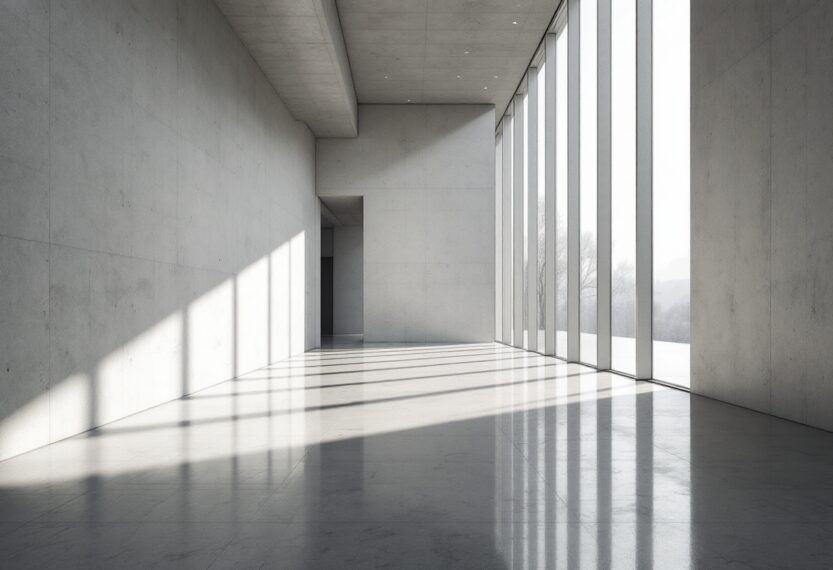The architectural brilliance of Tadao Ando: A journey through light and space
Tadao Ando, the esteemed Japanese architect, is celebrated for his profound ability to harmonize architecture with nature. His works, such as the Chapel on the Water and the Church of the Light, exemplify a unique philosophy that prioritizes light and simplicity. Born in 1941, Ando’s journey began in post-war Japan, where he drew inspiration from traditional temples and modernist icons alike. His self-taught background has allowed him to develop a distinctive style that transcends conventional architectural boundaries.
Influences shaping Ando’s architectural vision
Ando’s formative years in Osaka, close to the ancient capitals of Nara and Kyoto, profoundly influenced his architectural sensibilities. The serene atmosphere of traditional Japanese architecture, characterized by its connection to nature, instilled in him a deep appreciation for the interplay of light and space. His early exposure to iconic structures, such as Frank Lloyd Wright’s Imperial Hotel, further enriched his understanding of architectural form and function. Ando’s work is often described as a dialogue between the past and the present, where he seeks to create spaces that resonate with the essence of their surroundings.
The pursuit of light as a design principle
At the core of Ando’s architectural philosophy lies the pursuit of light. He believes that light is not merely a functional element but a vital force that breathes life into architecture. In his designs, natural light is meticulously orchestrated to create a dynamic interplay of shadow and illumination. This approach is evident in the Church of the Light, where a simple cross-shaped opening allows light to penetrate the concrete structure, transforming the space into a sanctuary of tranquility. Ando’s ability to manipulate light reflects his understanding of its emotional impact, creating environments that evoke a sense of peace and introspection.
Concrete as a canvas for creativity
While Ando is often associated with the use of concrete, he views it as more than just a building material. For him, concrete serves as a canvas for expressing his architectural vision. He embraces its raw, unadorned qualities, allowing the material to speak for itself. Ando’s innovative use of concrete enables him to achieve forms that are both sculptural and functional. His commitment to craftsmanship is evident in every detail, as he collaborates closely with builders to ensure that the final product reflects his artistic intent. This dedication to quality and precision is what sets Ando apart in the realm of contemporary architecture.
Creating harmony with nature
Ando’s designs are characterized by a profound respect for nature. He believes that architecture should coexist with its environment, enhancing the natural landscape rather than dominating it. His approach often involves integrating buildings into their surroundings, allowing them to become part of the ecosystem. This philosophy is exemplified in his design for the Water Temple, where the structure emerges from the landscape, creating a seamless connection between the built environment and the natural world. Ando’s ability to harmonize architecture with nature reflects a deep understanding of the human experience, fostering a sense of belonging and tranquility.

